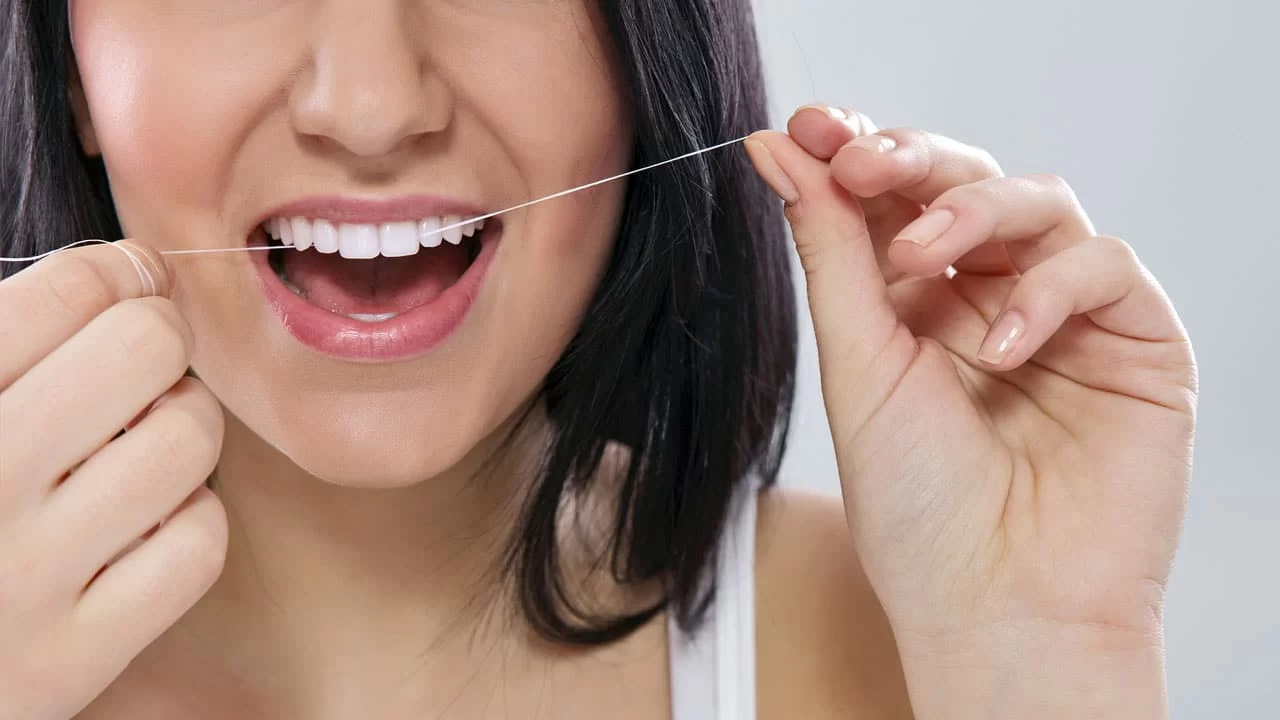
Why Flossing is Essential for Oral Health: Key Benefits and Tips
- The Importance of Flossing for Oral Health
- How Flossing Helps Prevent Gum Disease
- Flossing vs. Brushing: Why You Need Both
- The Right Way to Floss
- Real-Life Impact: Flossing Success Stories
The Importance of Flossing for Oral Health
Flossing is one of the simplest yet most effective ways to take care of your oral health. While brushing your teeth is vital for removing surface plaque and food particles, flossing helps clean areas that a toothbrush just can't reach—between your teeth and under the gumline. This is where bacteria and plaque tend to accumulate, leading to cavities, gum disease, and bad breath.
Despite its clear benefits, many people neglect flossing in their daily dental routine. However, skipping this step can have serious consequences. According to the American Dental Association (ADA), flossing is crucial for preventing tooth decay and gum disease, two of the most common dental issues people face today.
How Flossing Helps Prevent Gum Disease
Gum disease, or periodontal disease, is a major concern that affects many people worldwide. It starts with gingivitis, an inflammation of the gums caused by plaque buildup. If left untreated, gingivitis can progress into more severe forms of gum disease, including periodontitis, which can lead to tooth loss.
Flossing is an essential tool in fighting gum disease. By removing the plaque and food particles between your teeth, flossing helps prevent the buildup of bacteria that can irritate and inflame your gums. This simple action reduces your risk of developing gum disease and helps maintain healthy, strong gums.
Regular flossing also reduces the likelihood of developing other health problems linked to poor oral hygiene, such as heart disease and diabetes, which research has shown may be influenced by chronic gum infections.
Flossing vs. Brushing: Why You Need Both
Many people believe that brushing alone is enough to maintain good oral health. However, brushing and flossing serve different purposes. While a toothbrush is effective for cleaning the surfaces of your teeth, it often misses the tight spaces between your teeth where food particles and plaque can hide.
Flossing reaches those hard-to-clean areas and removes debris that a toothbrush cannot, making it a crucial part of your daily routine. Think of brushing as the first line of defense, and flossing as the second. Together, they work in harmony to keep your teeth and gums in optimal condition.
The Right Way to Floss
Flossing may seem straightforward, but there’s a right way to do it to maximize its benefits. Here are a few tips to help you get the most out of your flossing routine:
- Use the Right Amount of Floss: Cut about 18 inches of floss. This gives you enough to wrap around your fingers and easily maneuver between your teeth.
- Gently Glide Between Teeth: Avoid snapping or forcing the floss between your teeth. Gently slide it up and down to avoid injuring your gums.
- Curve the Floss Around Each Tooth: Make a C-shape with the floss and wrap it around each tooth. This ensures you clean the sides of the teeth as well as the spaces in between.
- Don’t Forget the Back Teeth: The back teeth are just as important as the front ones, so be sure to floss them regularly.
By following these steps, you can ensure you’re flossing properly and getting the most out of your oral hygiene routine.
Real-Life Impact: Flossing Success Stories
Let’s take a look at some real-life examples of how flossing has made a significant difference in people’s oral health:
Case study 1: Emily, a 28-year-old woman, had always struggled with gum bleeding and bad breath. After incorporating flossing into her daily routine, she noticed a significant improvement. Not only did her gums stop bleeding, but her dentist confirmed that there was no longer any visible plaque buildup between her teeth.
Case study 2: John, a 45-year-old man with a history of gum disease, was at risk of losing teeth due to severe plaque accumulation. His dentist recommended flossing and a more regular oral care routine. Six months later, John’s gum health had improved drastically, and he was able to avoid more invasive dental treatments.
These success stories show that flossing isn’t just a preventative measure—it can also be a powerful tool in reversing early-stage oral health problems.
If you're serious about improving your oral health, don’t forget to floss every day. It’s a small habit that can lead to big results. If you’re looking for more information on flossing techniques or need advice on dental products that can help, visit Dentistry Toothtruth for expert tips and recommendations.







 Central Carolina Oral & Maxillofacial Surgery5.0 (51 review)
Central Carolina Oral & Maxillofacial Surgery5.0 (51 review) 410 Dental Associates5.0 (161 review)
410 Dental Associates5.0 (161 review) Fox Valley Endodontic Specialists4.0 (4 review)
Fox Valley Endodontic Specialists4.0 (4 review) Perfect Dental – Taunton4.0 (782 review)
Perfect Dental – Taunton4.0 (782 review) Richter Dental4.0 (321 review)
Richter Dental4.0 (321 review) Wantagh Seaford Pediatric Dentistry4.0 (252 review)
Wantagh Seaford Pediatric Dentistry4.0 (252 review) The Importance of Oral Health Education During Pregnancy for a Healthy Pregnancy
The Importance of Oral Health Education During Pregnancy for a Healthy Pregnancy Best Tips for Brushing Your Teeth Properly for Healthy Gums: Essential Techniques for Oral Health
Best Tips for Brushing Your Teeth Properly for Healthy Gums: Essential Techniques for Oral Health Why Skipping Dental Checkups Can Lead to Bigger Oral Health Problems
Why Skipping Dental Checkups Can Lead to Bigger Oral Health Problems Advantages of Porcelain Dental Restorations
Advantages of Porcelain Dental Restorations How Can Diabetes Cause Tooth and Gum Problems? Preventing and Managing Oral Health Issues
How Can Diabetes Cause Tooth and Gum Problems? Preventing and Managing Oral Health Issues Healthy Habits for Promoting Good Oral Health and Hygiene: Tips for a Healthy Smile
Healthy Habits for Promoting Good Oral Health and Hygiene: Tips for a Healthy Smile